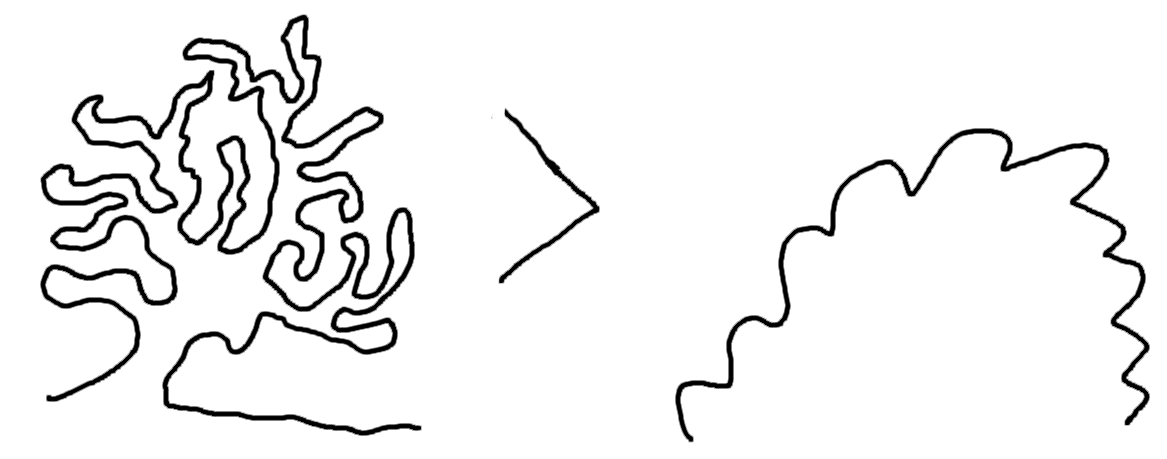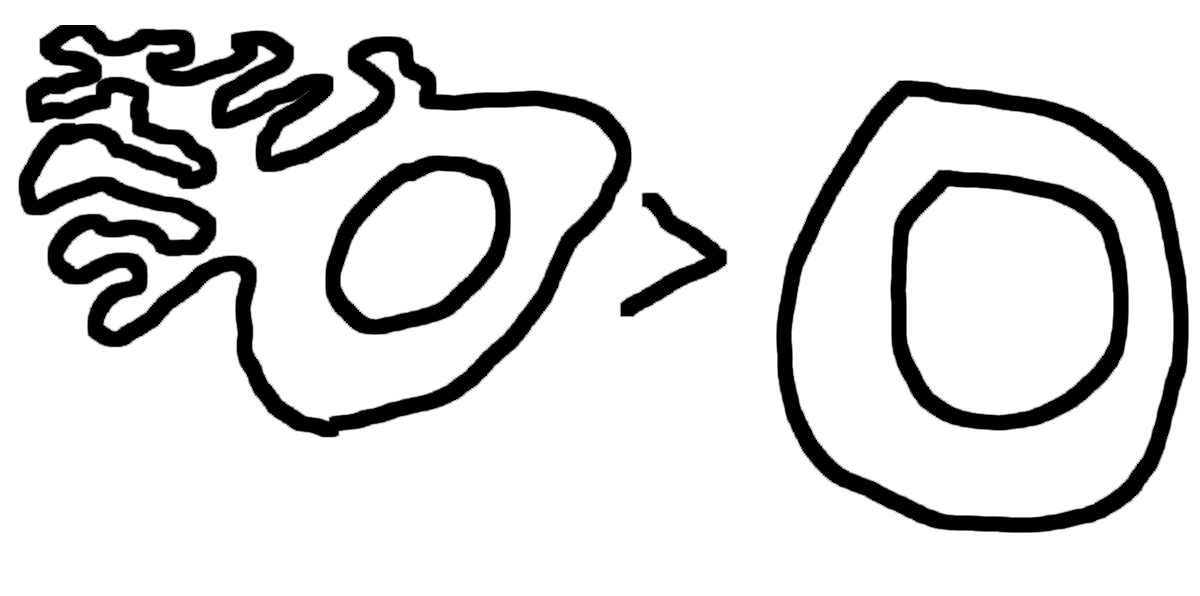
Figure 1.8: This is a tree. (Copyright © 2016 Timothy Hobbs CC BY-SA 4.0)
Tree-like structures are also interesting. In mathematics, trees are just a special kind of graph which doesn’t have any loops.
Since the tree-like-ness of a structure is not dependent on the existence of holes, we cannot determine if something is tree-like simply by asking if it is toroidal. I will not present a precise mathematical definition of what is tree-like, but you can certainly agree that a form which has narrowish appendages which branch is tree-like and is a lot more interesting than something that is merely bloby.

Figure 1.10: Tree-like structures are more interesting than bloby ones (Copyright © 2016 Timothy Hobbs CC-By-SA 4.0)
The copper ore in Figure 1.7 is not merely a 5-torroid. It also has a lot of weird knobs sticking out of it. These knoby things are interesting too, they jut out at odd angles and seem to be globbed together in an odd pattern. One could almost say they’re tree-like, though that is probably a strech. Anyway, an n-toroid with tree-like appendages is certainly more interesting than an n-toroid without them.

Figure 1.11: A toroid with tree-like appendages is more interesting than a toroid without (Copyright © 2016 Timothy Hobbs CC-By-SA 4.0)
Exercise: Come up with a precise method for determining which shapes are a) totally boring b) bloby and c) have tree-like appendages.
Tree-like structures and graph-like structures are intimately related. One of the main ways that graph-like toroidal structures are formed is when two tree-like structures are joined together. For example, the copper ore in Figure 1.7 was a tree-like mess of molten copper before it flowed around whatever it was flowing around to become toroidal and graph-like. The corollary to this is when graph-like toroidal structures are cut up. What were once loops become appendages, so tree-like structures can be formed when toroidal ones are damaged.